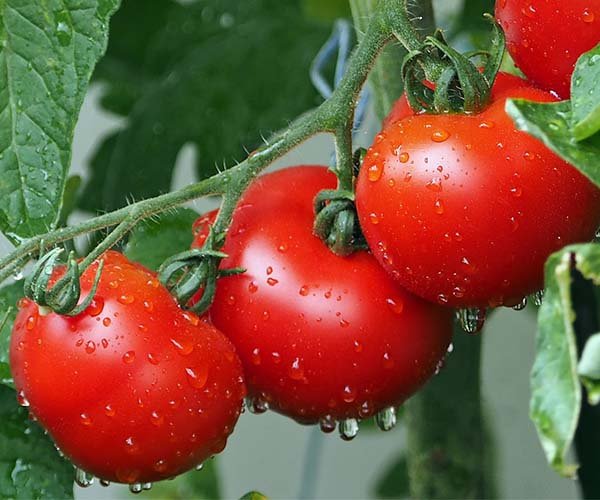Polyaspartic Acid (PASP) is a new type of fertilizer enhancer that can improve fertilizer utilization, reduce nutrient loss, and is environmentally friendly. The following is a detailed description of the specific use, dosage, and use time of PASP as a fertilizer enhancer:
1. Usage of Polyaspartic Acid
1. Mixed with fertilizer: Polyaspartic acid is usually mixed with conventional fertilizers such as nitrogen fertilizer, phosphorus fertilizer, and potassium fertilizer. It can be used as part of liquid or solid fertilizer, or mixed with existing fertilizers in proportion and applied.
2. Prepared and used alone: Polyaspartic acid can also be made into a solution alone and sprayed directly on the surface of crops or soil to promote the absorption and fixation of nutrients in the soil.
2. Dosage of Polyaspartic Acid
The specific dosage of PASP depends on the type of fertilizer, crop type, and soil conditions. The following are some common dosage recommendations:
1. Used in Liquid Fertilizer:
- 500-1000 grams of polyaspartic acid can be added to each ton of fertilizer.
- When spraying on the leaves, the concentration is usually controlled at 0.1% to 0.5%, that is, 1-5 grams of polyaspartic acid are added per liter of water.
2. Use in Solid Fertilizer:
100-500 grams of polyaspartic acid can be added to each ton of solid fertilizer. The amount can be appropriately increased or decreased according to the needs of crops and soil fertility.
3. Drip irrigation and flushing:
- In the drip irrigation system, PASP can be added at a ratio of 0.05% to 0.2%, that is, 500 grams to 2 kilograms of polyaspartic acid can be added per cubic meter of water.
- When flushing fertilizer, 50-200 grams of polyaspartic acid can be used per mu of land, mixed with water or fertilizer for flushing.
3. Time of Application
1. During sowing or before transplanting: Using PASP mixed fertilizer before sowing or transplanting can effectively improve the soil environment and increase the efficiency of root absorption of fertilizer.
2. Vigorous growth period: Using PASP during the peak period of crop growth (such as heading period, flowering period, and fruit expansion period) can promote the rapid absorption of nutrients and improve crop yield and quality.
3. Topdressing period: When topdressing crops, the use of PASP can increase the absorption rate of fertilizers, reduce fertilizer loss, and extend the effective period of fertilizers.
4. Emergency use in drought or nutrient deficiency: When the soil nutrient supply is insufficient or under drought conditions, PASP solution can be sprayed on the leaves to quickly supplement nutrients for crops and reduce growth pressure.
4. Precautions
- When using PASP, avoid mixing with strong acidic or alkaline substances to avoid affecting its synergistic effect.
- According to the crop type and soil conditions, adjust the concentration and frequency of use appropriately.
- PASP should be stored in a cool and dry place, away from direct sunlight and high temperature environment.
The synergistic effect of PASP can significantly improve the utilization rate of fertilizers, reduce the amount of chemical fertilizers, and improve the soil environment. It is a green and environmentally friendly fertilizer synergistic choice in modern agriculture.


